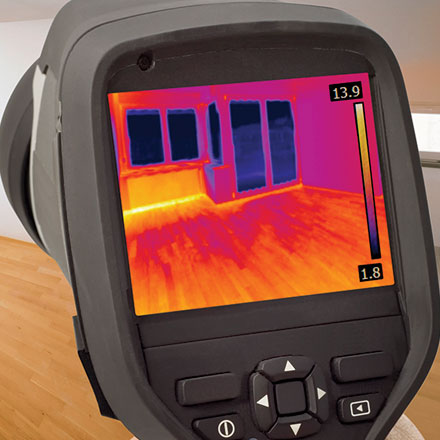|
Wednesday, September 23, 2020 |
|
Join us for a FREE Webinar
Infrared Photodetectors: Theory, Practice, and Applications
Wednesday, September 30, 2020 1:00 PM - 2:00 PM EDT
|
|
Presented by
|

|
|

|
A great deal of information about the physical world, from the cosmos to DNA, comes to us in the form of infrared radiation (IR). Human-made systems, such as automotive lidar, thermal-vision cameras, or communication networks, rely on IR for successful and optimal operation. A common denominator to nearly all uses of IR, from spectroscopy to imaging, is its detection. Modern technologies are opening new possibilities for detection, but choosing a suitable IR detector may be more difficult than before.
IR detectors are the main focus of this webinar – in particular, their structure, operation, and optoelectronic characteristics. The webinar will also discuss the process of selecting a suitable detector in the context of a given application.
Attendees will:
- Learn about existing IR photodetectors, including their structure, operation, and limitations.
- Learn how to compare the performance of IR photodetectors and understand that photodetector selection involves trade-offs.
- Become familiar with several applications employing IR and understand why in these applications IR is superior to other parts of the electromagnetic spectrum.
Who should attend:
Engineers, R&D scientists, manufacturers, marketing professionals, and others whose work involves the selection, production, or sale of IR detectors. All those working with IR who want to know more about latest photodetector developments as well as applications thereof. As well, anyone looking to broaden their understanding of the IR spectrum.
About the presenters:
Gary Spingarn is a product manager with Hamamatsu, where he focuses on detectors and light sources for the mid-infrared region. A Rutgers 2013 chemical engineering graduate, Spingarn made his start in industrial gases where he gained hands-on experience in all sorts of processes such as steel mills, plastics manufacturing, and alternative energy. Photonic devices were key in many of his past projects, and he began with the spectrometer group before moving into mid-infrared components. Leveraging past experience, Spingarn continues to support the development of gas analyzers, analytical instruments, medical devices, pyrometers, and new applications.
Slawomir S. Piatek, Ph.D., has been measuring proper motions of nearby galaxies using images obtained with the Hubble Space Telescope as a senior university lecturer of physics at New Jersey Institute of Technology. He has developed a photonics training program for engineers at Hamamatsu Corp. in New Jersey in the role of science consultant. Also at Hamamatsu, he is involved in popularizing a SiPM (silicon photomultiplier) as a novel photodetector by writing and lecturing about it, and by experimenting with the device. He earned a Ph.D. in physics at Rutgers, the State University of New Jersey, in 1994.
About Hamamatsu:
Hamamatsu Corp. is the North American subsidiary of Hamamatsu Photonics KK (Japan), a leading manufacturer of devices for the generation and measurement of infrared light, visible light, UV light, and x-rays. These devices include silicon photomultipliers, photodiodes, photomultiplier tubes, image sensors, cameras, and light sources. Hamamatsu Photonics also offers specialized systems for select applications.
|
|
|
|
Date: Wednesday, September 30, 2020
Time: 1:00 PM - 2:00 PM EDT
Space is limited. Reserve your Webinar seat now at: https://attendee.gotowebinar.com/register/1472205796424475920
After registering you will receive a confirmation email containing information about joining the Webinar.
|
|
|
SYSTEM REQUIREMENTS
Operating System
Windows® 7 or later, Mac OS® X 10.9 or later, Linux®, Google ChromeTM OS
AndroidTM OS 5 or later, iOS® 10 or later
Web Browser
Google ChromeTM (most recent 2 versions)
Mozilla Firefox® (most recent 2 versions)
Mobile Devices
AndroidTM 5 or later
iPhone® 4S or later
iPad® 2 or later
Windows Phone® 8+, Windows® 8RT+
|
|
|
|
.: More from Photonics Media
|
|
|
|